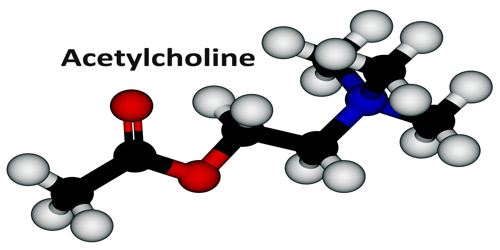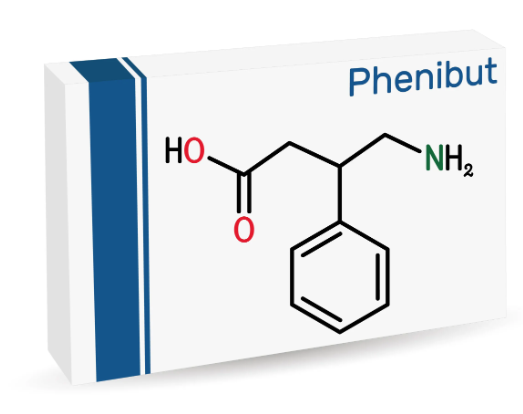The synthesis process of Acetylcholine
Introduction
Acetylcholine (ACh) is an essential neurotransmitter in the central and peripheral nervous systems. ACh is synthesized in the cytoplasm of nerve terminals by the enzyme choline acetyltransferase and transported into synaptic vesicles. Depolarization of the nerve terminal causes an influx of calcium into the nerve terminal and evokes the release of ACh into the synaptic cleft. The release of ACh can be blocked by botulinum toxin. The actions of ACh are terminated by the enzyme acetylcholinesterase, which hydrolyzes ACh. The activity of acetylcholinesterase can be inhibited by drugs such as neostigmine and the nerve gas agent sarin.
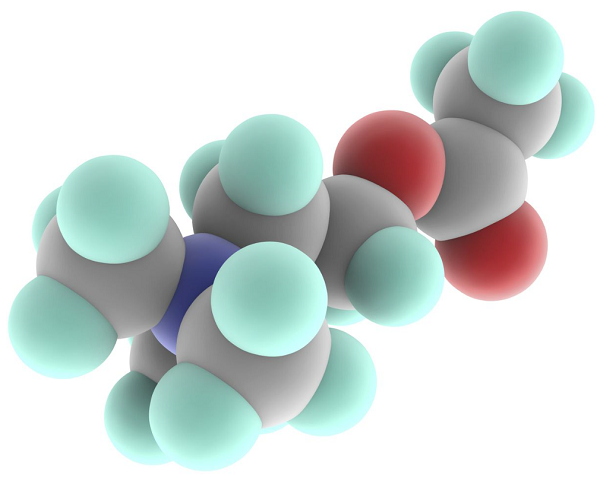
ACh is released from a nerve terminal and binds to a receptor on the cell surface of a target cell to allow the transfer of information across a chemical synapse. Sir Henry Dale 1914 divided receptors for ACh into two classes based on their distinct pharmacological properties: nicotinic and muscarinic. Muscarinic ACh receptors (mAChRs) are present on central and peripheral neurons and in such target organs of the parasympathetic nervous systems as cardiac and smooth muscle and many exocrine glands. The binding of ACh to mAChR can be blocked by antagonists such as atropine.
Synthesis
Acetylcholine (ACh) is a small molecule neurotransmitter best known for its role at the neuromuscular junction, the synapse between a motor neuron and a muscle fibre. In the presynaptic terminal, acetylcholine is synthesized from acetyl coenzyme A (acetyl CoA) and choline via the choline acetyltransferase (ChAT). The level of enzyme activity is the rate-limiting step in the synthesis pathway. The presence of ChAT in a neuron is used as a biochemical marker for neurons that produce acetylcholine. Acetylcholine is packaged into small vesicles for storage in the terminal via the vesicular acetylcholine transporter (VAChT), a protein found in the synaptic vesicle membrane.
Mode of action
Acetylcholine is stored at the end of nerve cells until it’s triggered to be released. Once released from the end of the nerve cell, it moves into a space called the synaptic cleft. The synaptic cleft is between the nerve cell from which acetylcholine was released (the presynaptic nerve cell), and the next nerve cell acetylcholine is going to (the postsynaptic nerve cell).
Once acetylcholine moves across the synapse, it can bind to two types of receptors: nicotinic receptors and muscarinic receptors. There are two subtypes of nicotinic receptors and five types of muscarinic receptors. After binding to the receptors, the chemical message moves along to the next nerve cell, and then the process repeats until the message arrives at its destination.
Acetylcholine in the synapse is broken down by an enzyme called acetylcholinesterase into choline and acetate. These products are reabsorbed and recycled to be used again to transmit another chemical message.
You may like
Related articles And Qustion
See also
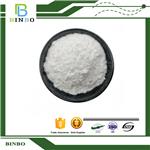
US $0.00/kg2025-04-02
- CAS:
- 51-84-3
- Min. Order:
- 1kg
- Purity:
- 99.8%
- Supply Ability:
- 1000 kg
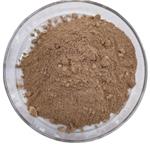
US $68.00/KG2025-03-21
- CAS:
- 51-84-3
- Min. Order:
- 1KG
- Purity:
- 99.99%
- Supply Ability:
- 5T


